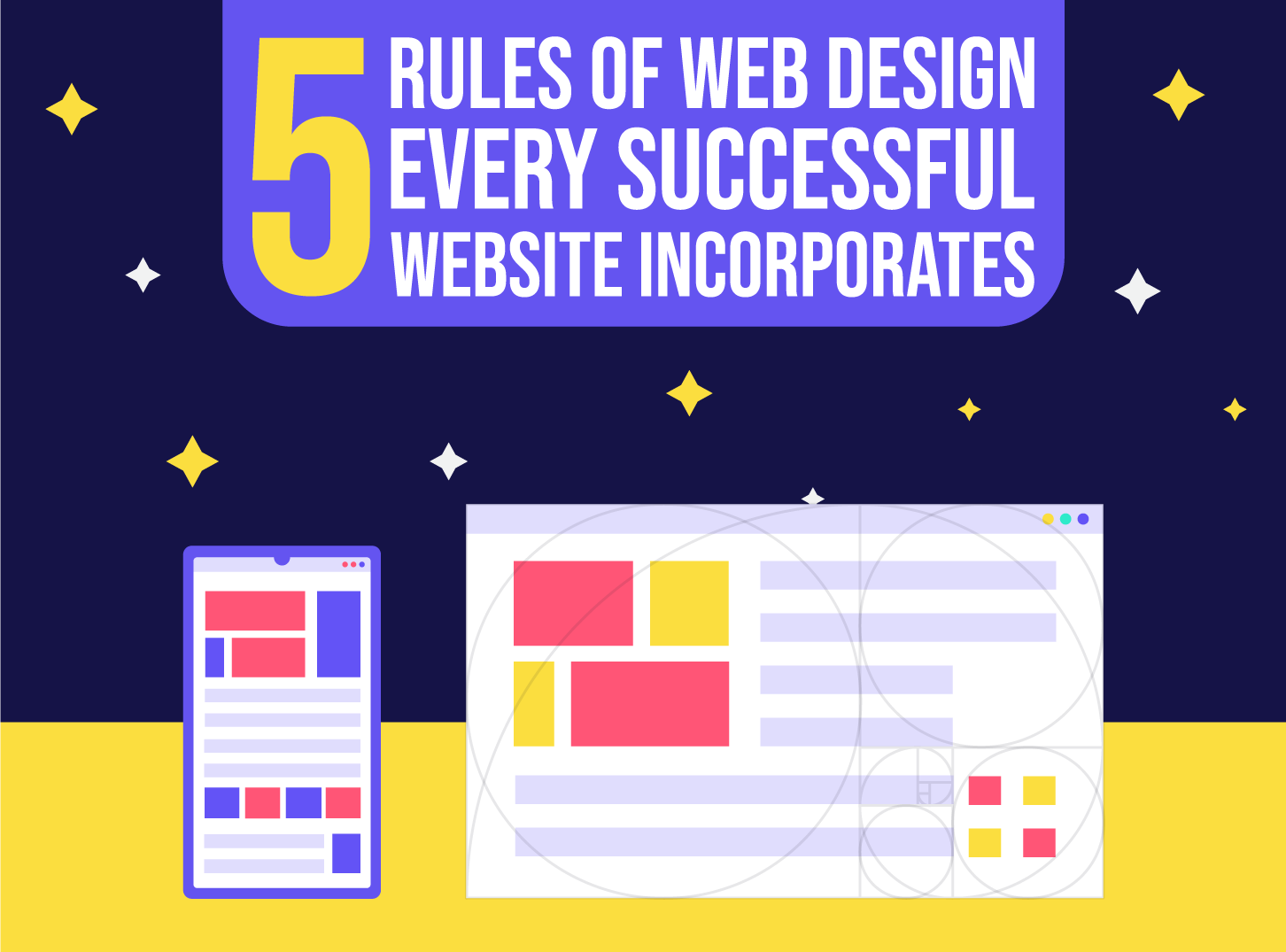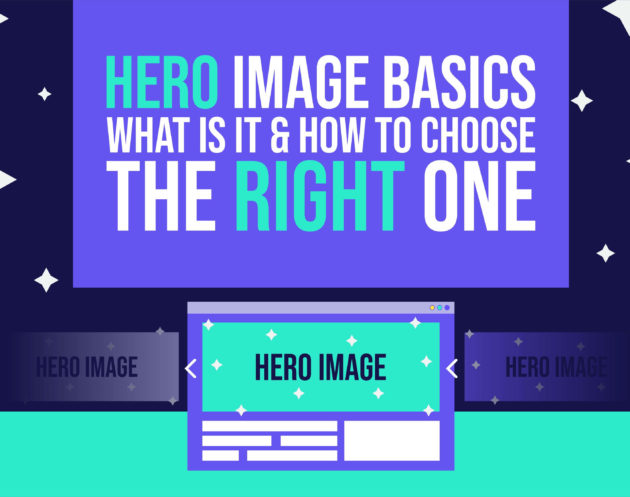If you are planning to create a website you should read this article carefully. These are the 5 important rules of web design that you should follow.
Ignoring these rules devalues your time, the efficiency of your website and harms website visitors. Whether you are designing a website for yourself or for a client, these 5 rules of web design will help you create a successful website.
Let’s jump into it!
Rules to Follow When Designing a Website
Great web design contributes to your user experience and functionality while being easy to understand at a glance. Here are five simple website design rules to help you make your website effective and compelling.
1. Simplicity
Many sites are too designed. Too many elements on the page, which distract visitors from the purpose of the site. Inefficient web design, rules of simplicity. Apart from the fact that a clean, fresh design makes the site easier to navigate, the aesthetics are also more appealing and will stand the test of time.
It is unnecessary, as well as disruptive, to load the site with design features that do not serve a purpose. What is the purpose of your company's website? To direct a new business directly into the lap of your company, you have to make an online effort. Keep your design simple so that your customers can find their way naturally and easily.
2. Navigation & Speed
How quickly your website decides how easy it is to use and determines if the goal is met at all for the user. People are impatient and a fast website will help them focus on the user and continue on their way to achieving their goal. If your site doesn't show something to the user within 2-3 seconds, then the entire site will probably never be seen.
The website should be obvious and understandable. When creating a website, your job is to get rid of the questionnaire, a decision that users must make consciously, taking into account the advantages, disadvantages, and alternatives.
If the site's navigation and architecture are not intuitive, the number of question marks grows and makes it difficult for users to understand how the system works and how to get from point A to point B.
Clear structure, moderate visual clues, and easily recognizable links can help users find their way to their destination. Remember: People will not use your website if they cannot find their way around it.
3. Purpose
Every website needs a purpose and no, telling people about my work is not a good purpose. The purpose of web design always comes down to the purpose of a web page that can be reduced to one specific thing. The more specific the purpose, the better your project will be.
There should be one general purpose that is very focused, and then each page should have a purpose that plays into that larger purpose.
Every piece of content, every design element, should all have a purpose behind it and play a general purpose. The purpose you choose for each piece and the entire location usually spills over into one well-designed call to action (CTA’s). What should website visitors do? What the hell can they do?
I've seen too many websites that seemed to be created just to create a website. No plan, no focus, and no goal. White label reputation management
4. Typography & Legibility
Typography is much more than just choosing beautiful and attractive fonts: it is an essential part of user interface design. Great typography will create a strong visual hierarchy, give a graphic balance to the website, and also set the overall tone of the product.
The typography should guide and inform your customers, optimize readability and accessibility, and provide a great user experience.
If users can't read the text on your site properly, your message won't pass. Having readable text on your website is very important, yet there are a few mistakes that newcomer designers make that reduce readability.
Poor text color choices can be easily addressed. For example, a website may have white text over a light background, which may make it difficult to read. Similarly, dark text on a dark background also makes it difficult to read.
A complicated font that is written in italics or has serifs can be extremely difficult to read, especially for older users. If the text is too small, you will encounter the same problem. Choose clear, sans-serif fonts and large font sizes to improve the readability of your website.
5. Credibility
Adherence to web conventions gives your website credibility. In other words, it increases the level of trust that your website conveys. And if you strive to create a website that provides the best possible user experience, credibility goes a long way.
One of the best methods to improve your credit is to be clear and honest about the product or service you are selling. Don’t make visitors dig through dozens of pages and suffer, just to find what you’re doing and what your business is all about. Be in advance on your homepage and dedicate a little real estate to explaining the value behind what you are doing.
Tip: Have a price page, also linked to the home page. Instead of forcing people to contact you to find out more about prices, clearly state the prices on your site. This makes your business look much more reliable and legitimate.




